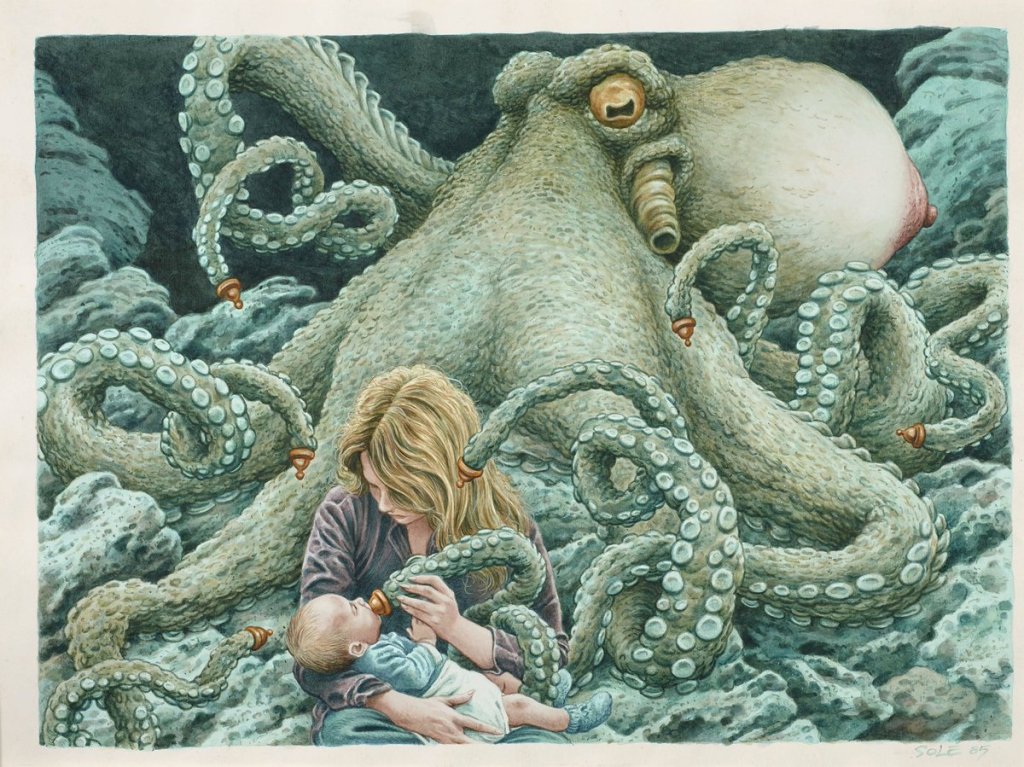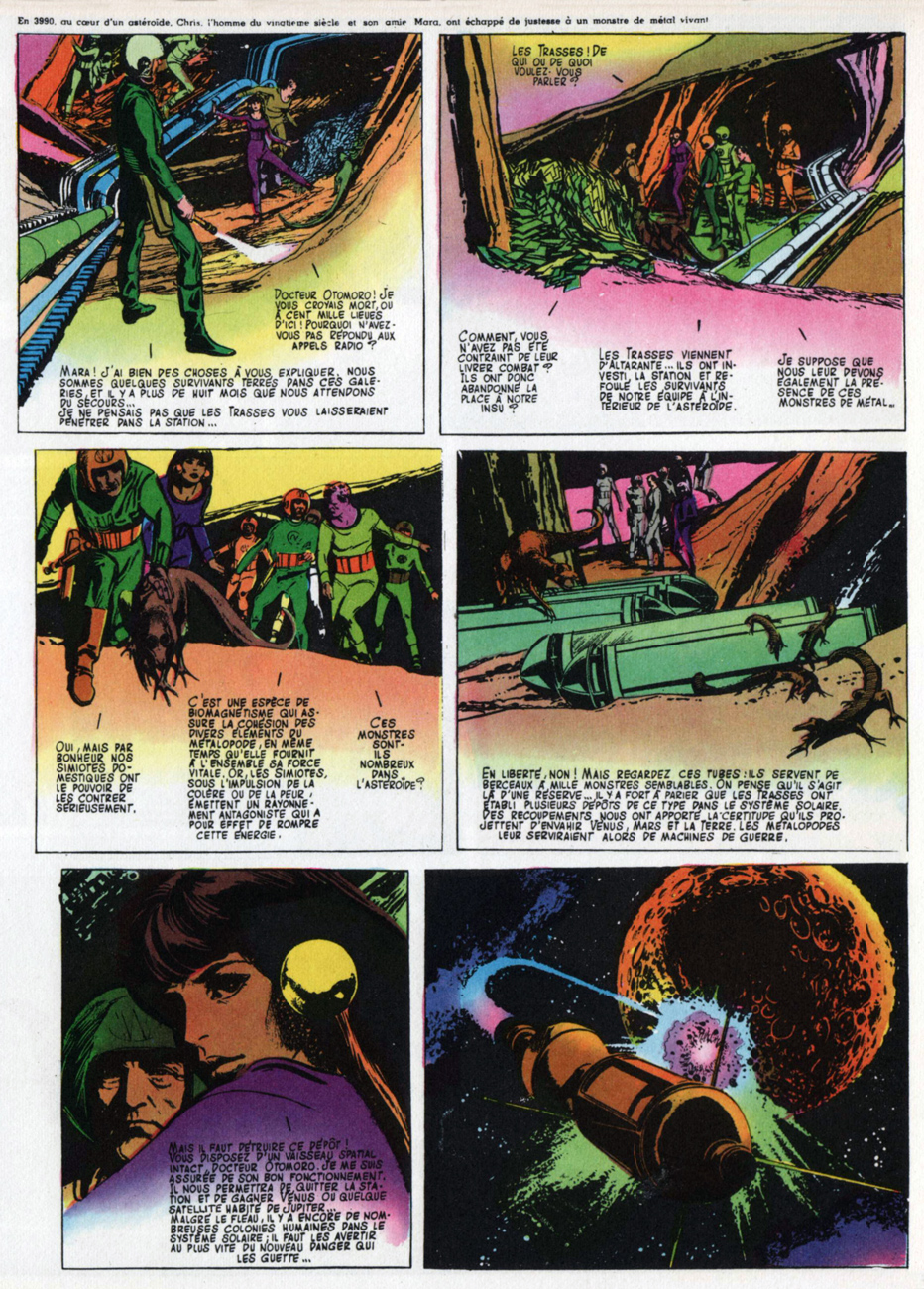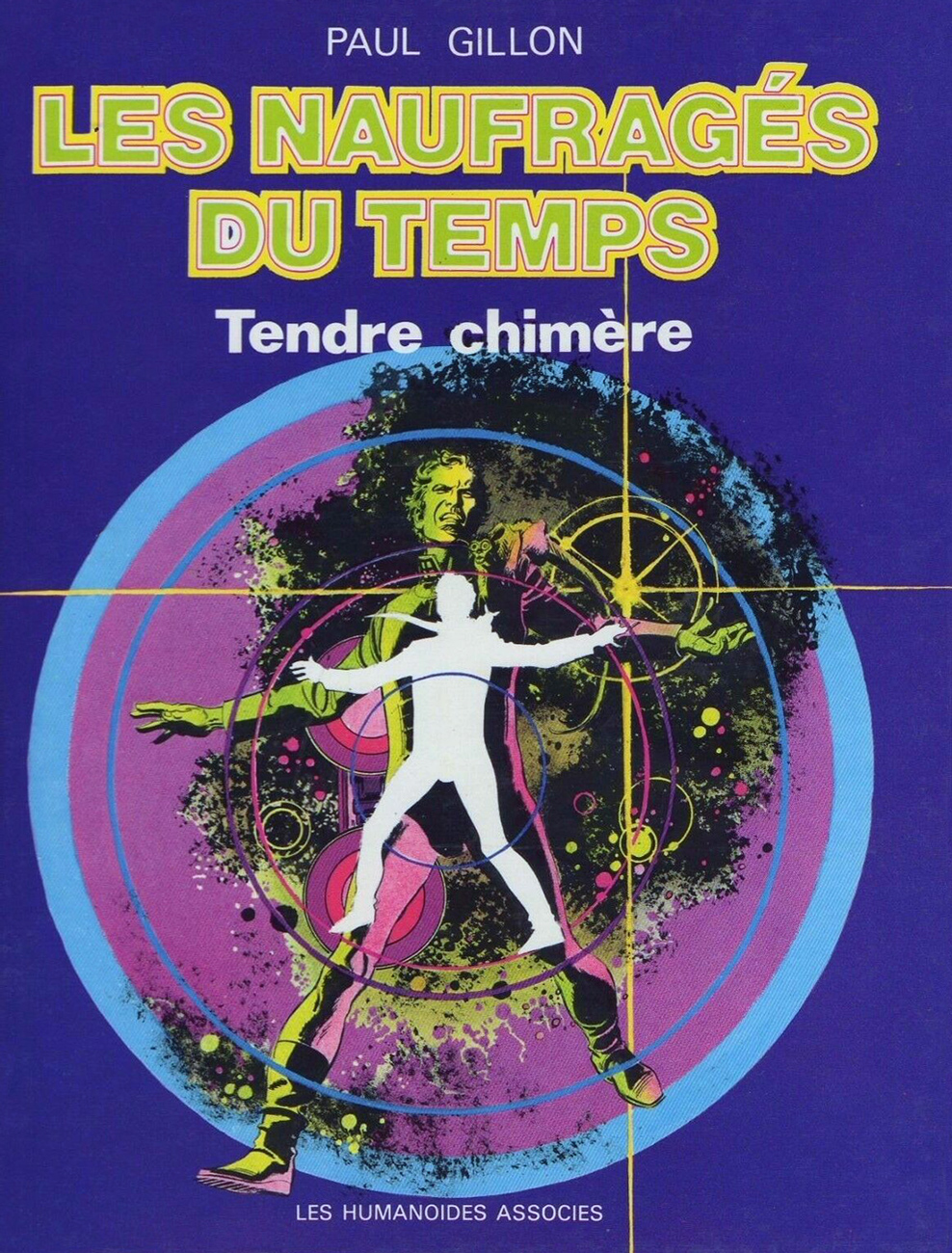Tentacular greetings to all! Today’s post finds us with our feet firmly planted in France (well, maybe with one toe dipping into Belgium, as usual). As friend Barney might say, come for the Important & Serious Artist discussion, stay for the ‘naked man/nubile woman’ fringe benefits…
Many are fans of Jean Henri Gaston Giraud, far better known under his nom de plume, Mœbius. Co-admin RG and my humble self do not belong to this category, which is possibly why he has never been mentioned in WOT before. RG thinks he’s ‘the Serge Gainsbourg of French comics‘ (not a compliment); I do not specifically dislike his work… nor am I interested enough in it to investigate. We could argue about Mœbius’ profound influence on science-fiction and cyperpunk and his lasting impact on comics until we’re blue in the face, so I suggest we look at some tentacles instead!

The Long Tomorrow was written by American screenwriter Dan O’Bannon and illustrated by Mœbius in 1975. Published in Métal hurlant (nos. 7 and 8) in 1976, it was then picked by Heavy Metal in 1977 for the anglophone market. This story is credited with having heavily influenced a number of movies – Blade Runner gets mentioned a lot, for example. Read the full story (and a little interview with O’Bannon) here.

Speaking of Métal hurlant, this cover offers some quality tentacles from French comics artist/illustrator Jean Solé:

Solé liked the absurd, the grotesque, and the psychedelic, so naturally he has more tentacles on offer than just one cover!

The last offering of today’s TT is this very dramatic action scene by Claude Serre. Is the surgeon trying to stuff these tentacles back in, or extract them? We shall never know.

~ ds







